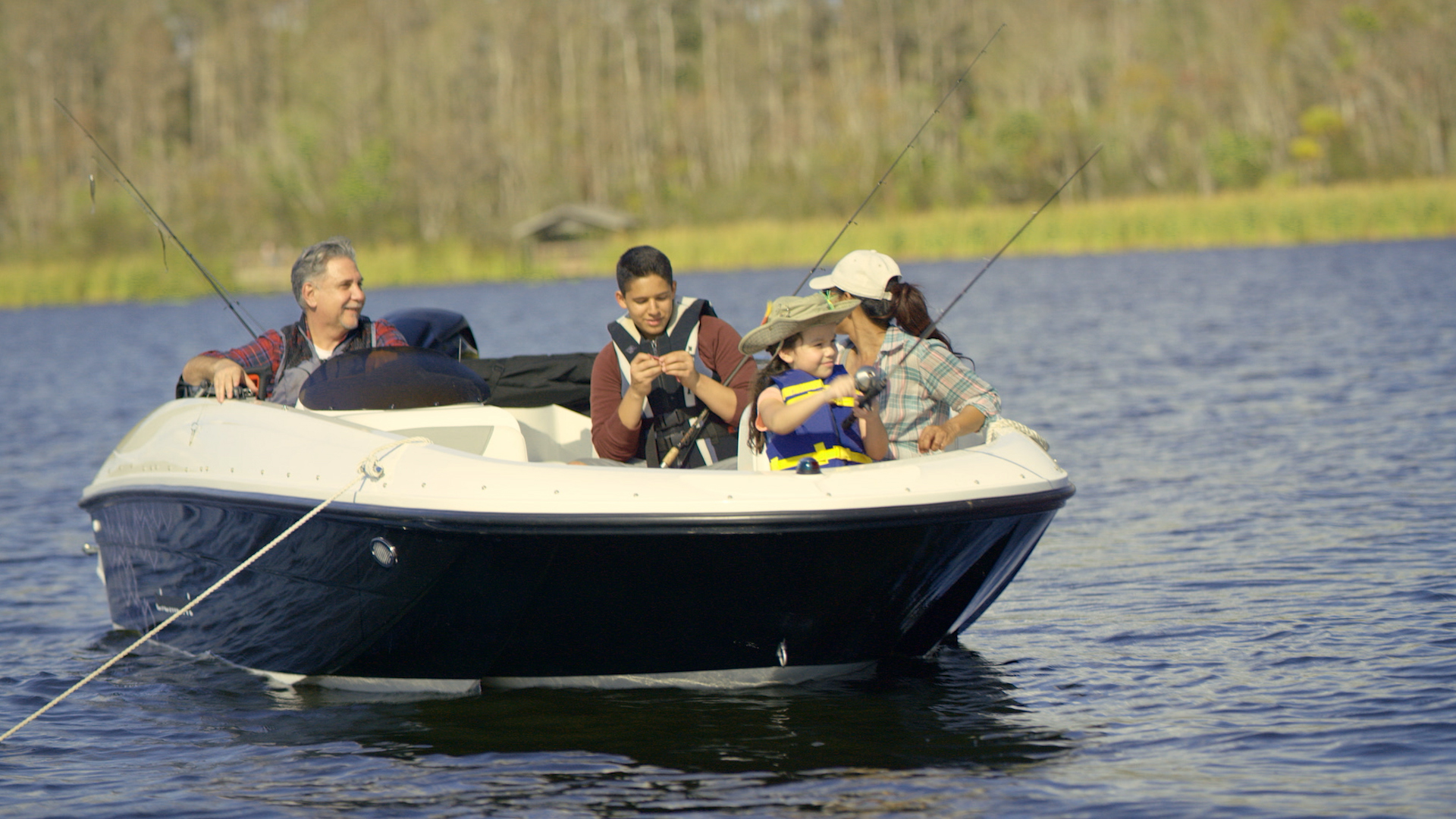Press Releases

ALEXANDRIA, VA (October 20, 2009) – The Recreational Boating & Fishing Foundation (RBFF) and the American Sportfishing Association (ASA) today announced the publication of a quarterly fishing license sales index to track trends that have an impact on the industry and the entire recreational fishing community.
“Not since the 1970s have we seen a single-year increase in fishing license sales like we’ve seen so far in 2009,” said ASA President and CEO Mike Nussman. “Understanding how the needle moves in terms of sportfishing participation is important not just for the sportfishing industry, but for the entire outdoor recreation community. This new license metric will provide everyone with important sales and participation information.”
“Our recent research shows that fishing is the number one gateway activity for introducing children and their families to the outdoors,” said RBFF President and CEO Frank Peterson. “We believe that national campaigns such as Take Me Fishing™ and state-based sportfishing marketing and direct mail are also having a positive effect.”
As of September 1, 2009, state fish and wildlife agencies reported a 7.7 percent positive change in the number of licenses sold year-to-date compared to the same months last year (January - July 2009 vs. January - July 2008). The same states also saw a seven percent increase in the number of licenses sold in July 2009 compared with July 2008.
According to Southwick Associates, the firm analyzing the data, fishing license sales increased at a faster rate in the first quarter of 2009 compared to the second quarter. Increases of 20 percent or more were common in the first quarter. However, a larger volume of sales occurred in the second quarter – the peak period for license sales nationally – and had a greater effect on the year-to-date sales trend than first quarter license sales. After standardizing the July index to contain the same states as previous months, license sales increased nearly a full percentage point over May and June sales. In general, more fishing licenses are sold during the second quarter (April, May, June) than any other time of the year.
“Reasons for the 2009 license sales increases range from a slow economy, which may allow people more time to engage in outdoor activities, to recreational fishing being a lower cost alternative to other forms of recreation,” said Peterson.
“When the index moves by just a tenth of a point, 40,000 anglers have entered or quit sportfishing. Considering the typical angler spends $176 a year on just fishing tackle alone, and contributes over $40 annually to conservation via license dollars and excise taxes, a small change in the index represents big changes on the ground,” said Nussman.
Ultimately, anglers, and other sportsmen and women, are the most significant funding source for conservation and recreation in the United States. Through the purchase of fishing licenses and special excise taxes on gear and motorboat fuel, hundreds of millions of anglers’ dollars each year are collected or funneled to states for conservation and recreation. In 2008, $720 million of these excise taxes were distributed for fisheries management and recreational boating enhancement. In addition, fishing license sales generated $600 million in revenue for state fish and wildlife agencies.
State fish and wildlife agencies reporting license sales numbers include Florida, Indiana, Kansas, Louisiana, Minnesota, North Carolina, New Jersey, New York, Oregon, Texas and Utah. They were selected on their ability to provide consistent license sales data to illustrate both a national and regional perspective. As more states expand their data reporting capacity, the number of reporting states will increase.
Notes and Considerations:
1) The license sales index is designed as a timely metric of fishing license sales. It is not an exact measure of all fishing license sales nationally.
2) Results are based on a weighted average of trends among participating states. States with larger angler populations have a greater impact on the results than smaller states.
3) Due to confidentiality considerations extended to participating states, license sales trends are not available on a per-state basis.
4) This is the first in a series of planned fishing license sales indices. Future indices will be released on a quarterly basis.
About the American Sportfishing Association
The American Sportfishing Association (ASA) is the sportfishing industry’s trade association, committed to looking out for the interests of the entire sportfishing community. We give the industry a unified voice speaking out when emerging laws and policies could significantly affect sportfishing business or sportfishing itself. We invest in long-term ventures to ensure the industry will remain strong and prosperous as well as safeguard and promote the enduring economic and conservation values of sportfishing in America. ASA also represents the interests of America’s 60 million anglers who generate over $45 billion in retail sales with a $125 billion impact on the nation’s economy creating employment for over one million people.
About the Recreational Boating & Fishing Foundation
The Recreational Boating & Fishing Foundation (RBFF) is a nonprofit organization whose mission is to increase participation in recreational angling and boating, thereby protecting and restoring the nation’s aquatic natural resources. RBFF helps people discover, share and protect the legacy of boating and fishing through national outreach programs including the Take Me Fishing™ campaign and Anglers’ Legacy™.
About Southwick Associates
Southwick Associates, located in Fernandina Beach, Fla., specializes in fish and wildlife economics and related business statistics.




